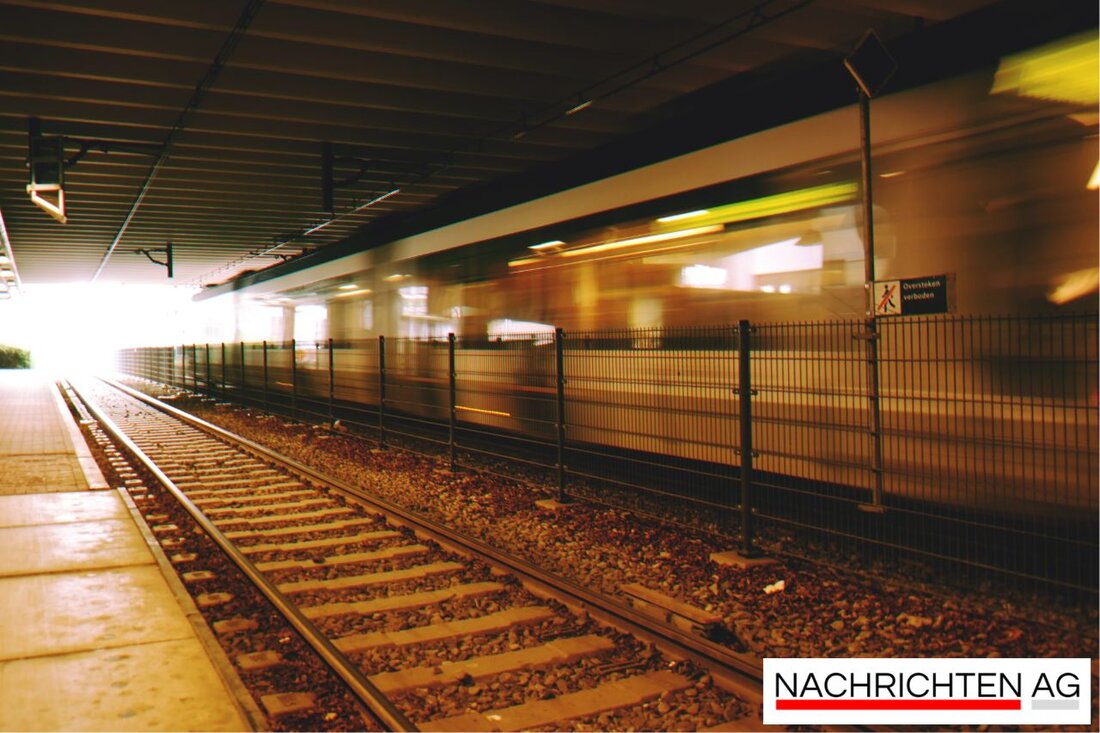New electric vehicle bus brings a breath of fresh air to the Ilm district!
The IOV is testing a new electric bus in the Ilm district until October 14, 2025 to promote sustainable mobility and modernize transport.

New electric vehicle bus brings a breath of fresh air to the Ilm district!
In the last few days, a new bus has been causing excitement and attention in the Ilm district. IOV Omnibusverkehr Ilmenau is currently testing a modern Scania Fencer f1 Integral EV, a fully electric bus that brings environmentally friendly mobility to the streets. The test run began on October 3rd and will be in operation until October 14th, 2025, with the bus being used on various routes, including Arnstadt. This is the third electric motor bus that IOV is testing this year. Previously, an Iveco Crossway LE Elec and a MAN Lion’s City E were put through their paces. According to in southern Thuringia, the aim of these tests should be to design more sustainable transport.
Why do we rely on electromobility at all? Clearly: the world is moving towards environmental friendliness. In Germany, electric and hybrid buses already make up around 2.4 percent of the public transport bus fleet of over 54,000 vehicles, according to the E-Bus Radar 2023. A fleet conversion is underway at many transport companies. However, this development comes at a price: a 12-meter-long electric bus costs two and a half times as much as a conventional diesel bus. According to EnBW, comprehensive investments in charging infrastructure and modernization of depots are necessary to further advance the trend.
Experience with automated vehicles
But it's not just the test of the new electric bus that's making headlines. A few days ago, the Camil pilot project with highly automated electric minibuses was successfully completed in Ilmenau. After four years, the testing of driverless vehicles in the regular services of a transport company in Thuringia is now history. Matthias Hein, director of the Thuringian Innovation Center for Mobility, described the project as an important experience for the integration of autonomous vehicles into local public transport. These joint efforts by IOV and the Technical University of Ilmenau have brought the need for research and social acceptance into focus, which is crucial for the future of mobility, says MDR.
The driverless minibuses moved at up to 18 km/h between Neuhäuser Weg at the train station and the university campus. In order to comply with legal requirements, there was always an accompanying person on board who could intervene in an emergency. The insights gained from the Camil project are now being incorporated into the follow-up project “P:Mover”. A fully automatic vehicle is being tested here that is capable of handling more complex road situations - albeit initially without passengers and not in regular operation.
The look into the future
The air is finally clear for the mobility of tomorrow! The route network in Ilmenau is soon to be expanded so that remote areas can also benefit. The goal is clear: to develop practical autonomous solutions for mobility in rural areas. With these advances and the continuous use of electric vehicles, those responsible show that a rethinking of mobility is necessary to protect the environment and improve people's quality of life.
It remains exciting to see how electromobility will develop in the region, because one thing is certain: the future will be electric!

 Suche
Suche